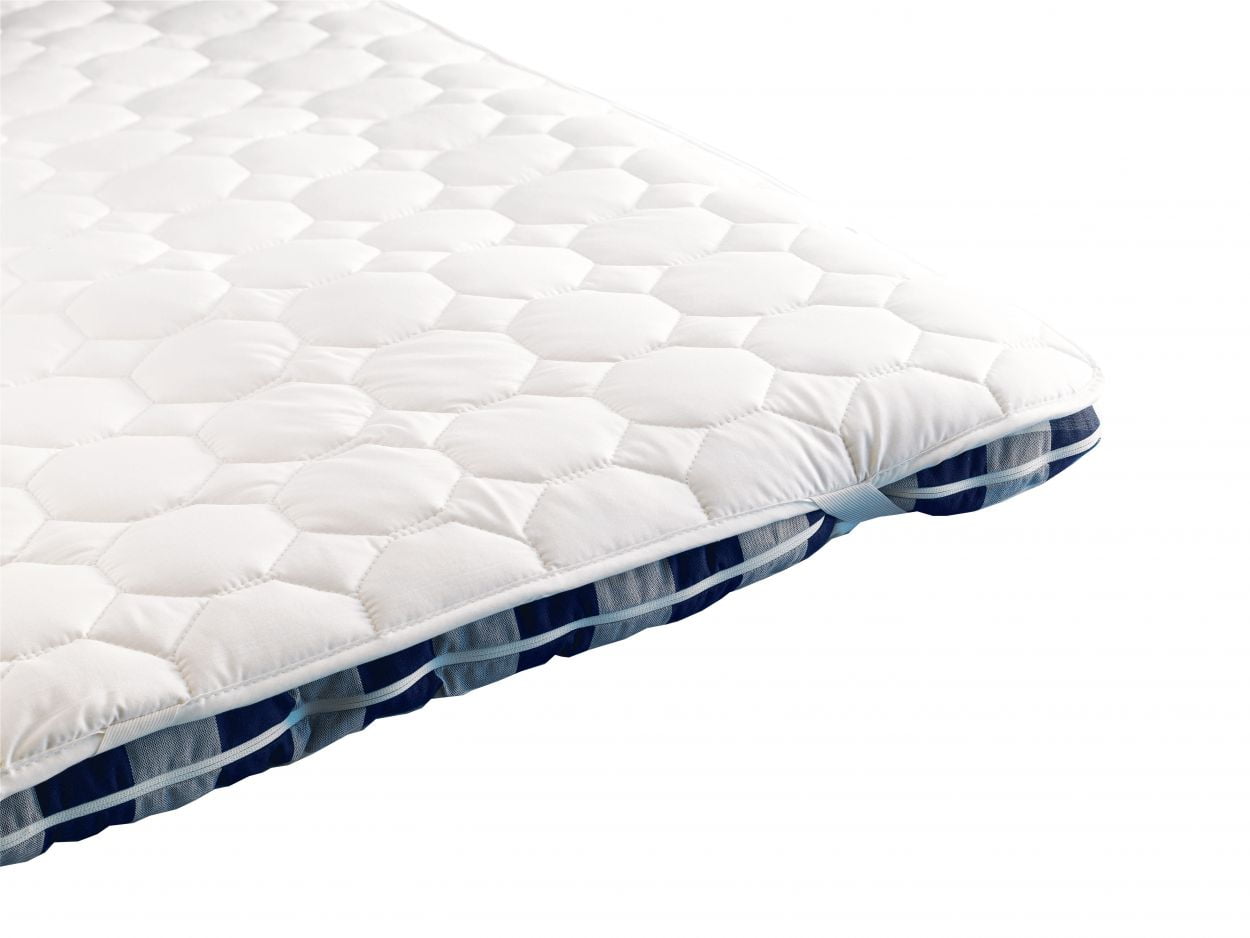
Anderson’s company has just rolled out a television campaign - with dreamy little spots of tropical islands, misty fjords and glistening jungles - that positions Tempur-Pedic as a “wellness brand” and its mattresses as “nighttime renewal aids.”Īs proof, Mr. “I think it’s about time that Americans place the value on sleep that they place on other aspects of their life,” said Rick Anderson, president of Tempur-Pedic North America, adding, as every good mattress executive is wont to do, that “after all, we spend a third of our lives in bed.” (The median price of a queen-size mattress was $650 last year, according to a survey by Furniture Today, a trade magazine.) By 2006 about 5 percent of purchases had crossed the $2,000 line. Six years ago, barely 2 percent of the mattresses sold cost more than $2,000, according to the International Sleep Products Association, a trade group for the industry, which had $6.7 billion in sales last year. Tempur-Pedic, the foam-mattress maker whose beds range from $1,200 to $7,299 (chump change on planet Hastens), sponsored a study recently that claimed, straight-faced, that Americans would rather sleep than exercise as part of their “wellness regimen,” that three out of four Americans say a good night’s sleep makes them feel younger and that a good pillow is a better “sleep accessory” - nine times better - than a “sleep partner.” More than a third of them spend as much money on their mattresses as they do on their sofas or their televisions, and 17 percent as much as on their vacations.Īt the low end of the luxury mattress market, at least, things have been heating up. Its marketers also claim its beds cure snoring.)

With their German motors and 12 massage programs, they seem to acknowledge that a body ravaged by time can be only soothed, not remade. (Hollandia turns out to be a maker of adjustable “sleep systems, ” priced from about $15,000 to $50,000, that look and feel like nothing so much as high-end hospital beds. The narrator of a Hastens promotional video states, in a charming Swedish accent, that its beds, which start at $4,375, will give you fewer wrinkles and can slow aging. And as you get older, sleep doesn’t come like it used to.” A mattress really does deliver an experience to the consumer. “They don’t want to put their money on a new handbag anymore,” Ms.

They are, in fact, more achy and tired than ever - and are sleeping less, as a raft of sleep studies will attest.

Their rotator cuffs are torn, their knees and hips are shot. Further, some boomers are suffering the aftereffects of those exotic vacations - some may even have mounted Everest themselves. Driven, still, by inexorably aging baby boomers, all 78 million or so of them, the luxury market is most active right now, she said, with things that can be described as “experiential” and restorative, like a huge new spa bathroom or an exotic vacation. But certain luxury items are selling better these days than others, Ms. Like nature, the luxury market abhors a vacuum. Danziger’s company, Unity Marketing, tracks the luxury market in an annual survey of the spending habits and behaviors of affluent Americans.) Those making over $250,000 a year are the fastest-growing households by income in the country. I would suggest the price is more of a positioning tool, though it is true that there are a lot of rich folks. “I would be very interested in how many they sell at that price. Danziger, a marketing consultant and the author of “Let Them Eat Cake: Marketing Luxury to the Masses - as Well as the Classes” and “Why People Buy Things They Don’t Need.” “What did that guy say when he was asked why he climbed Mount Everest?” said Pamela N. The come-on reads: “Who would spend $59,750 on a bed?”

And he was not alone.Īll spring and summer, Hastens has been running an ad in magazines like Elle Decor: a photograph of the blue-and-white-checked Vividus bed topped with a puffy white down comforter, one corner pulled back invitingly, with a pair of sharp-toed stiletto shoes on the floor beside it. But his focus in this seduction scene was less on trashing the competition than on winning me over, not just to his product but to the seemingly absurd notion of the multithousand-dollar mattress. His little dig was aimed at a Swedish mattress maker, Hastens, which stuffs its versions with horsehair and charges as much as $60,000 for them. Burney is the United States sales representative for Magniflex, the Italian mattress company that makes the $24,000 foam mattress I was lying on in the Casa Poggesi bedding store on Crosby Street. ONE hot morning in late June, I was lying flat on my back on a bed in lower SoHo, my eyelids struggling to stay aloft, when Henry Burney, a gentle guy with a borscht belt sense of humor, leaned over and asked, “So, would you rather sleep with an Italian or Mr.


 0 kommentar(er)
0 kommentar(er)
